Eco-stores may be old hat, but Sainsbury’s latest in Dursley shows green thinking can play a part in a regular store. John Ryan reports
There might be a feeling abroad that green, in the ecological sense, is not only boring, but might actually be past its sell-by date. Think back a year or two and it was hard to move without being assaulted by carriers of hessian bags, purveyors of energy-generating solar panels or windmills standing proud in supermarket car parks.
Nothing wrong with any of this, of course, except that perhaps there is a sense that having seen one you have seen them all. Which is probably the case: one wind turbine is inevitably going to be much like any other. The days therefore when there might have been some kind of competitive advantage in flaunting green retail credentials may perhaps be numbered and as a marketing tool, being green may even be viewed as worthy, but unremarkable.
This is not to say that it is, and the supermarkets - Marks & Spencer in particular - continue to develop eco-stores and more sustainable retail environments as if they were absolutely going out of fashion (which they may well be). However, there is perhaps a recognition that the first flush of the green romance has run its course and what we are left with is the everyday reality of an established relationship.
And evidence of this can be seen in the small Cotswold town of Dursley in Gloucestershire. This is where Sainsbury’s has just opened its latest eco-store and at first glance, there is little to mark it out from a run-of-the-mill branch. It is also difficult to work out why the retailer has opted for Dursley; this is hardly a high-profile location.
Commercial director Neil Sachdev says: “[At 20,000 sq ft], it is probably the smallest eco-store that we have opened. Dursley was one of those towns where there wasn’t a decent supermarket. To open this, we relocated a fire station - this is just a step on from what we have done before.”
What has been done before varies according to the branch. But both the nearby Gloucester Quays and the more distant Dartmouth branch conform to the established green supermarket stereotype of wood cladding and, in the case of the latter, windmills.
In Dursley, there is none of this. “This has been traditionally built, but we have put sun pipes in,” says Sachdev. Practically, this means that the approach to this store is the same as that of any other Sainsbury’s store, but with a twist.
The car park, behind the store, is home to a clutch of “Bee Hotels”. A strange name this, as the notion of bees going on holiday or taking a relaxing break in posh premises is not the first that springs to mind when the busy insects are considered.
Nonetheless, spend a little time with store manager Nick Langridge and before you know it, you will be mulling whether the mason bees (these are solitary bees - pollinators rather than producers of honey, apparently) prefer The Ritz or the Travelodge. There are two of the upscale bee hotels, which turn out to be wooden frames into which pipes have been inserted for the bees to lay their eggs, and six Travelodges, which are smaller and tucked away in a wall beneath the car park.
King of the hill
Sainsbury’s has built the store by hacking out space from the side of a hill and has seeded the ground immediately to the side of the structure with meadow grass and flowers, according to Langridge, which should provide the bees with a restaurant during their stay in the hotels.
And if all of this sounds a little peripheral to the business of selling food, Sachdev says that it is about using the land in a sustainable manner: “This is not about doing a trial and then rolling things out,” he says. “We are trying to manage the ecology. The key thing is that it is about innovation.”
Sachdev mentions that the price of building this store represents a 10% premium when set against a conventional store of the same size, but that the total life and cost of ownership of the store should be taken into consideration. Or in other words, the initial outlay may hit the capital expenditure budget harder, but the store in its current form will be around for longer.
Leaving the bee hotels behind and heading indoors, this branch of Sainsbury’s is standard stuff. Yes there are sun pipes peppering the ceiling and boosting lighting levels without recourse to electricity. But according to Sachdev, this carries with it the relatively simple bonus that fresh food looks better when displayed under natural, rather than artificial light. All well and good, but if you really didn’t know any better, that might be about it as far as the eco-agenda in this store is concerned.
Green on the inside
It is actually the hidden, non-customer facing stuff that is the impressive part of this store. In the yard next to the loading bay at the back of the shop, for instance, there is a biomass boiler.
This takes compressed wood pellets and uses them to create energy. At the time of visiting a lorry was disgorging 10 tons of said pellets - enough for a week, according to its driver who had come from Pembrokeshire, although as Langridge remarked, this quantity decreases radically as the weather warms up.
And then there are the LED low-energy lights in the freezers and used in the cold storage rooms in the back of shop. Much of the plastic in the store is recycled and there is the inevitable rainwater harvesting system in place taking the run-off from the roof and using it for various in-store functions.
The point is that none of this looks remarkable, because, for the most part, green technology has now been absorbed into the store operational matrix. It is therefore not really worth shouting about - it is just something that shoppers should take for granted and which should be for the greater good of us all.
And as Sachdev notes, there is the potential for stores of this kind to earn their keep: “I wouldn’t let them spend the money otherwise,” as he puts it.
It also happens to be working, according to Langridge. There is a Tesco store a couple of miles away in the adjoining town of Cam and he notes that shoppers are giving the new Sainsbury’s a test drive: “Do you know what I like to see? Shoppers with a Tesco bag walking in my store. It means they are trying us out.” And the probability is that none of them are particularly aware of the difference between this branch and any other Sainsbury’s that they may have visited.
On which reckoning, green is the new norm and there is nothing special about it - it is just that shoppers should expect it to be in place and have every right to do so.
The sustainability drive
- 1
- 2
- 3
- 4
- 5
 Currently reading
Currently readingSainsbury’s Dursley: The new green norm
- 6




















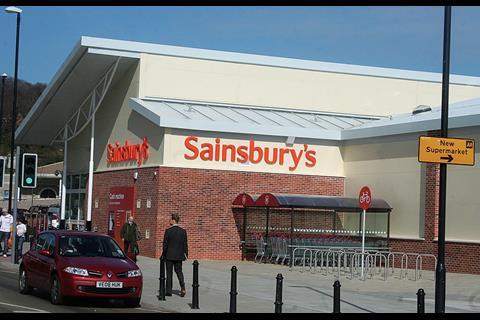




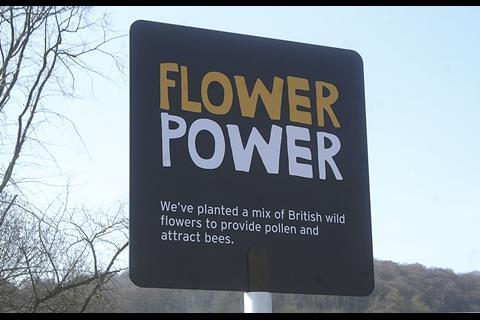
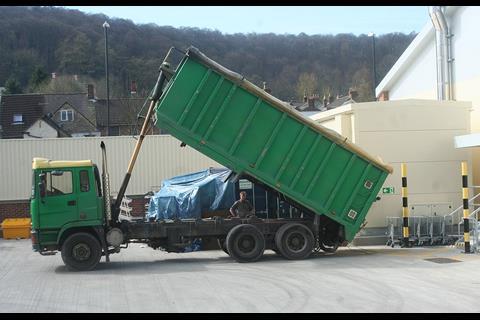





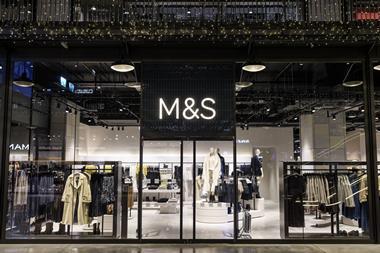



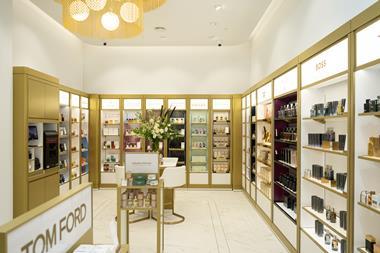

No comments yet